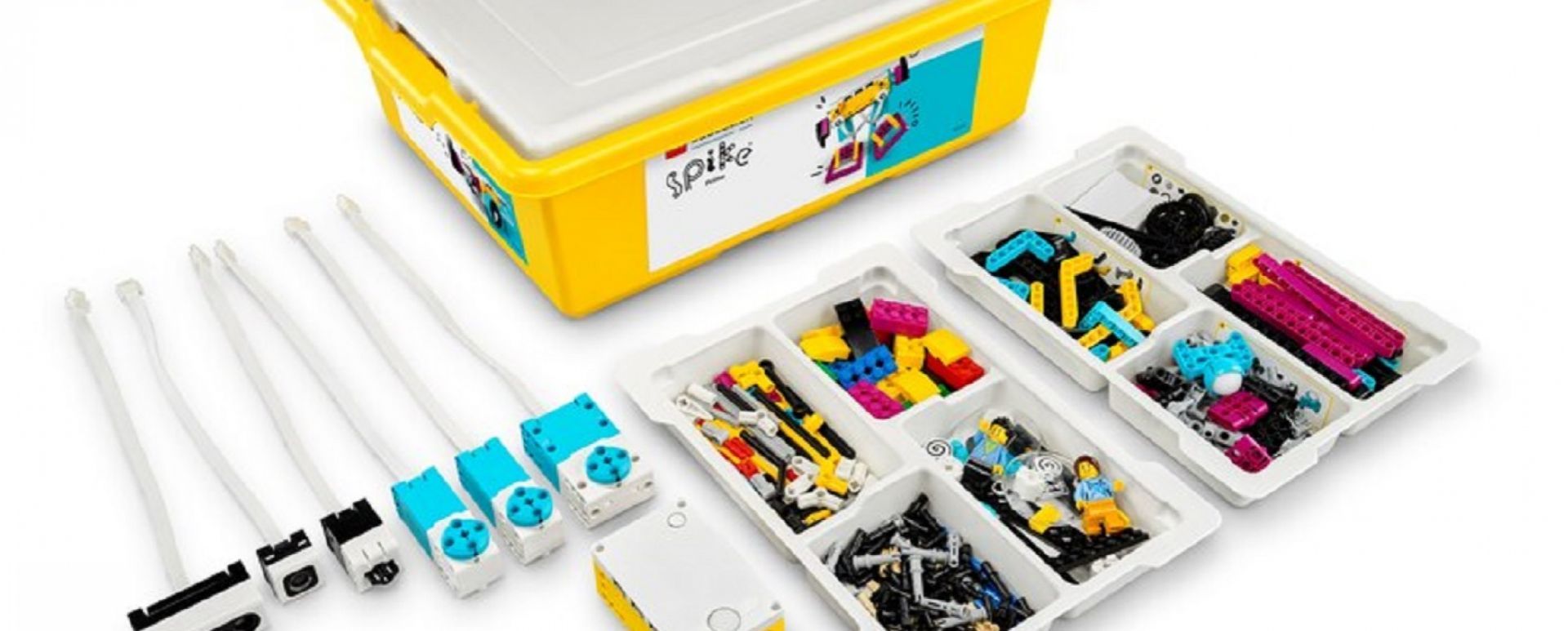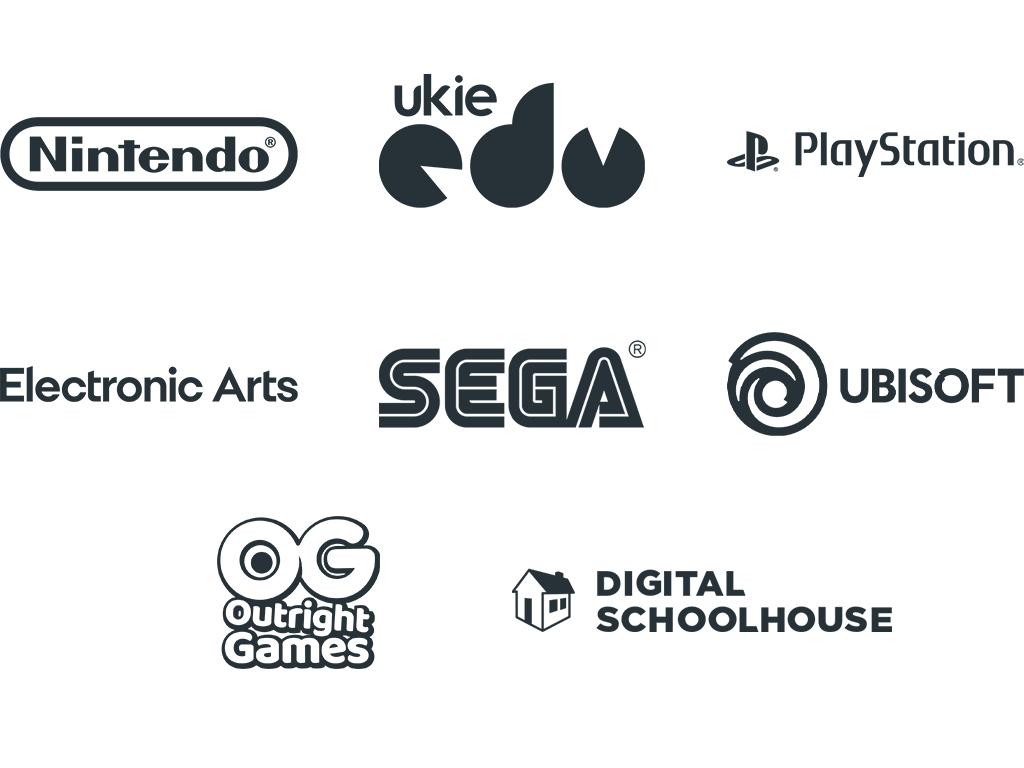
Diary of a Lead Teacher: Episode Four - New Toys
It’s been quite a busy month since my last blog post. Christmas came and went, along with the flu (Booo….) a couple more DSH workshops with primary schools and (just two days ago) another of the three DSH training days up in London which we do three times a year (which was fab!)
As well as all of this I have actually received the Lego Spike Prime kits which were originally set for a worldwide release-date in the summer, but were held back for refinement until January 9th. We were in fact the fourth in the UK to receive our kits and I was understandably excited! The programmable Lego kits are aimed at the upper primary and lower secondary age ranges. I had previously been a little put-off buying the main Lego product for robotics building and coding - Lego Mindstorms, because the coding visual block-based language was bespoke and unusual and looked, on a cursory glance, to be a bit bewildering/clunky. Also I was worried about the expansive nature of the robots and example projects - they seemed quite large-scale and would potentially be problematic just in tying up one Lego set for one small group for a very long period of time.
But when the Spike-Prime sets were first advertised - I soon noticed that Lego were trying to create a much tighter set of short 45 minute lesson plans and that the projects were much more about the use of programming and robotics generally to achieve simple tasks. For example one of the tasks is just to build a robotic gripper/hand that can pick up objects. Students are encouraged to take on specific problems and solve them in a basic way - and extend their knowledge by making a better version. For example a version of a robotic gripper/hand that can pick up small light objects - or maybe large heavy objects. Perhaps completely different designs of hands may be advantageous in these different cases?
The boxes arrived and I spent several hours cutting apart bags and filling up trays and have got part way through obsessively labeling the seven different boxes and kits in case they get ‘mixed up’. (Would it really matter if they did? Still - have labeling machine, must use it…)
Rather than launch straight into a Digital Schoolhouse Workshop with this unknown kit I decided to use my after school home-schooling class (a class we run on behalf of the local homeschool network) to test the waters. I was a bit nervous but had also pre-tried the first introductory projects with my 15 year old son and felt fairly confident. The Lego Spike Prime concept involves a small ‘Hub’ which is a plastic computer-brick with a LED based square screen (a 5 by 5 matrix of light-up squares) and sockets for several ‘thingies’ which can plug into it - a maximum of six at a time. They include three motors, a touch sensitive switch, a distance sensor and a colour detector. The first set of projects simply get students to try out the different objects and set up some basic interactions. After that (Lesson 2) the students build a ‘Hopper’ which is the Lego Hub with added little lego legs/feet and eyes enabling it to scrabble itself over the carpet. In all cases the actual way the hub and the objects work are facilitated by using Lego’s revamped (new) system of coding which uses small visual tiles almost exactly like the common coding program ‘Scratch’.
This is a win-win for me and was a big factor in me committing to these Lego sets. Now I can show younger students how to program in Scratch and they will recognise the same type of drag and drop interface in both Lego Spike prime and also CoSpaces Edu augmented reality (see previous blog posts). Next post I will talk a bit more about how the Lego lessons went in practice and also my exploration of another cool device - a Turing Tumble marble-run based computer!

